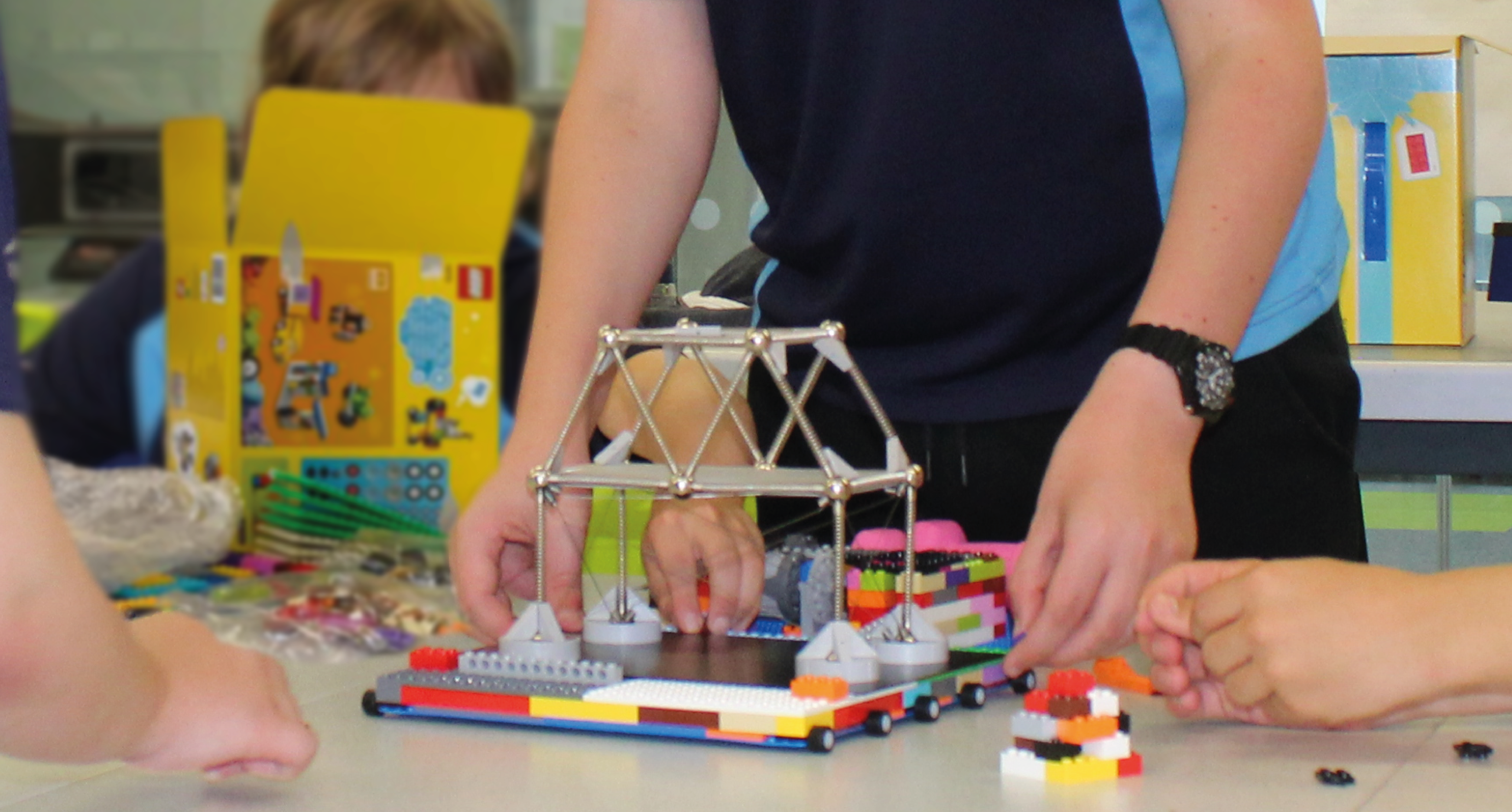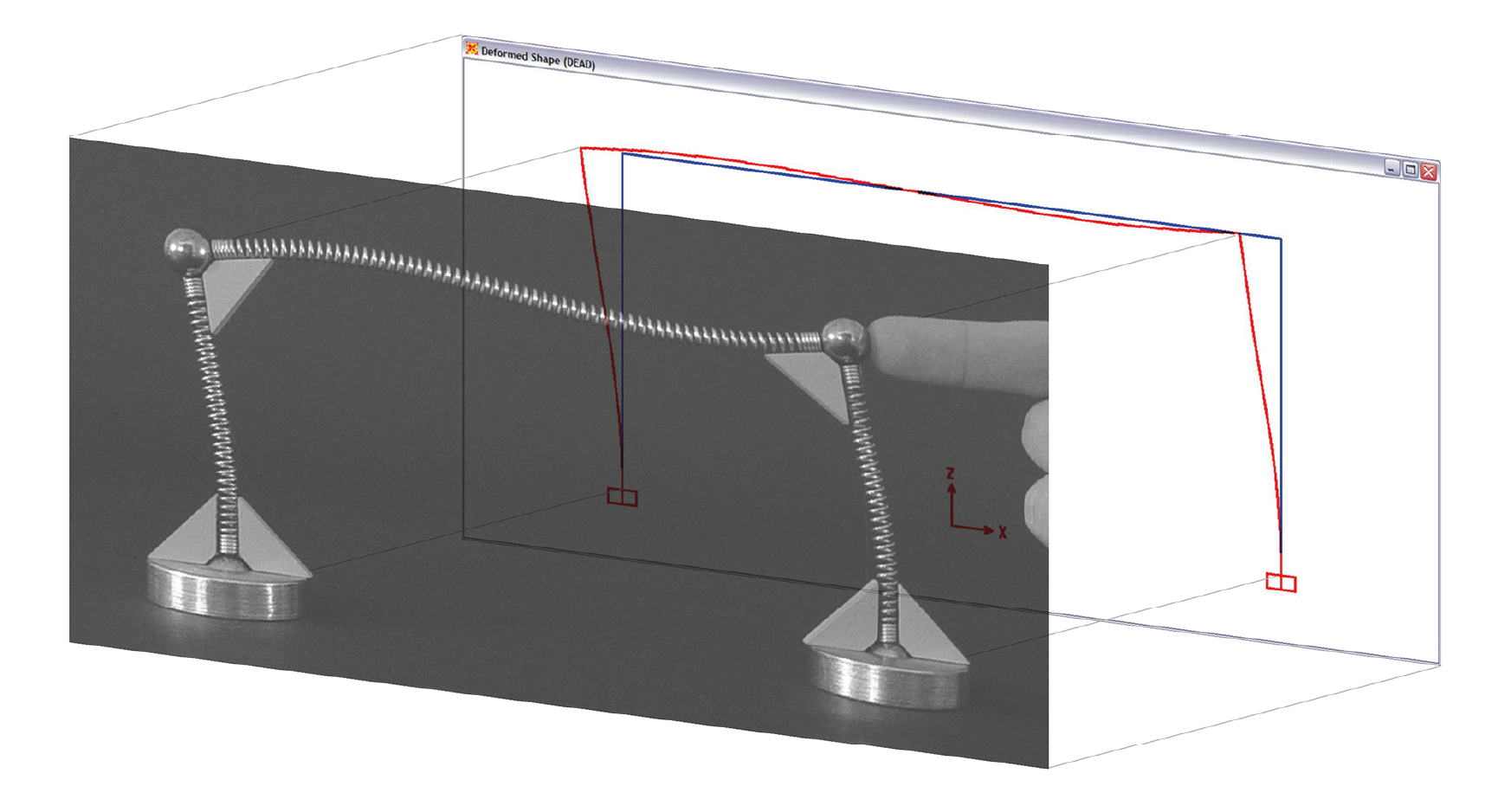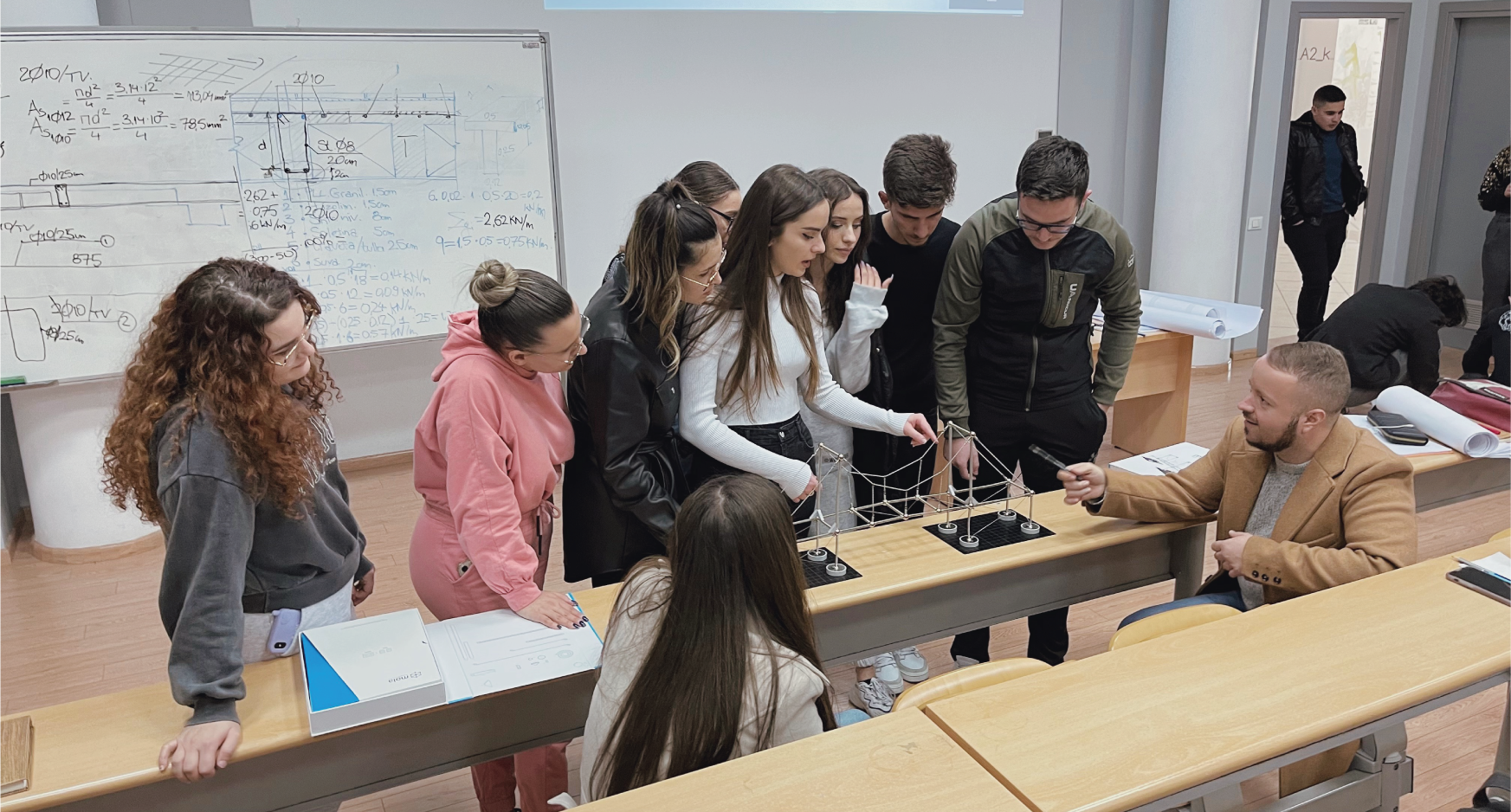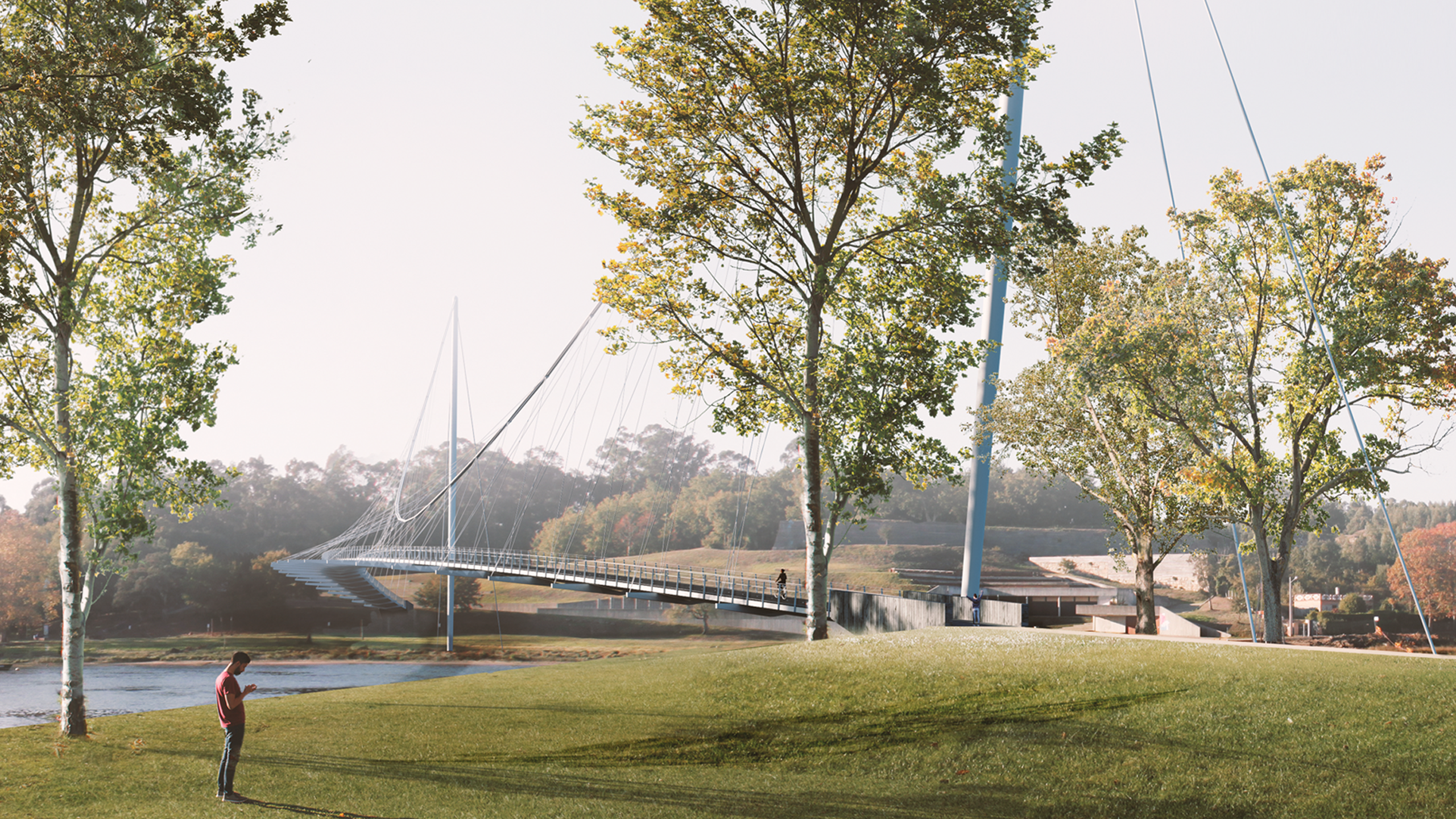In an increasingly complex, competitive and fast-paced context, choosing a career becomes one of the most challenging decisions of young students.
Despite having a growing demand and influencing virtually all areas of everyday life, the choice for engineering, architecture and other STEM-related professions is not always obvious.
Sometimes it may be necessary to create a bridge so that students can get to know the field and be inspired by what engineering has to offer.
The Education Incubator is a project of the University of Exeter, in the United Kingdom, which aims to foster innovation and collaboration among its staff, opening space for the discovery, development and exploration of new ideas and teaching approaches.
Bridge to the Future was one of the projects supported by the Education Incubator in 2021 and was created by Professor Maria Rosaria Marsico. The main purpose is to engage and inspire students aged between 14 and 19 at the University Technical College of South Devon to pursue a STEM-related career.
The project uses Mola Structural Kits as a teaching tool, in order to introduce structural concepts through hands-on activities.
A notable attribute of the project was the active engagement of 3 students from the 2nd year of the University of Exeter's engineering course, co-creating study materials and deciding which models would be most suitable to be assembled.
The students, led by Prof. Marsico, recorded video guides and developed step-by-step tutorials that supported the workshop.
In addition to the guides and experiments with Mola, the students also set up a Lego shaking table to test the structures and understand the dynamic behavior of the models they built.
The students of the University Technical College received Mola Kits sent by the University of Exeter to make it possible to carry out the experiments remotely, conveying structural engineering to the teenagers in a way both encouraging and fun.

At the end of the workshop, the students wanted to have fun, build their own models and test the different structural behaviors
Prof. Marsico talks about the process: "We delivered clear instructions on how to assemble the models, but once they understood the approach, they started playing, having the structures collapse and then standing again. They just played themselves and it was nice because then they started to figure out the real applications of what we taught in theory."
Prof. Marsico also highlights what the engineering students learned beyond the fundamentals of structures:
"Another positive aspect was the feedback from my students, because they learned a lot from Mola, not only technical concepts but also teamwork, doing things for others, making a nice guidance video, etc. It was also a learning experience in terms of developing independence."

Students also rate the experience positively, especially regarding how easily the Mola Kits convey structural concepts even to people without an engineering background:
"I believe that one of the most successful parts was focusing the project on earthquakes. This was beneficial for two main reasons. The first was that it introduced a thrilling and exciting atmosphere that the children could engage with and allowed us to use lots of hyperbole and enthusiasm whilst talking about 'the devastating nature of earthquakes'. The second reason is that it allowed us to teach the children about harmonic frequency, a University level concept which is more graspable when applying it to a real-life scenario such as an earthquake."
The classes combined the teaching of some structural fundamentals with advice and inspiration in the direction of Higher Education. The workshop exceeded the expectations, with the teens demonstrating a greater understanding than initially expected.

Bridge to the Future was also selected as one of the standout projects of the University of Exeter's communication campaign called Transforming Education 2021, created to promote the university's activities in the areas of innovation, education without borders and students as co-creators.
The team is now exploring the possibility of bringing the project into the outreach and community engagement activities of the University of Exeter, as well as consolidating the partnership with the University Technical College of South Devon and other schools.
What do you think of Bridge to the Future? Does your university have a project like this to inspire new generations of engineers? Would you like to try something similar?








Share:
FTMS: A hands-on method to use in your classes with Mola
Shake Tables and Mola: a perfect fit